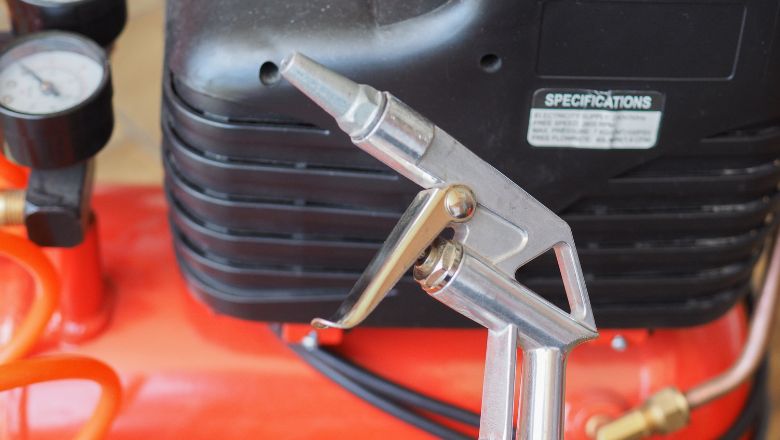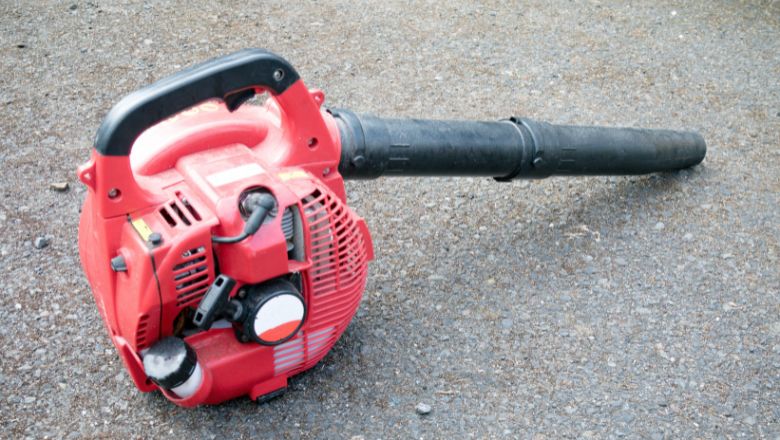How To Dry a Car After Washing It? Here Are 3 Best Ways
Car Detailing Planet is a part of Amazon Associates. As an Amazon Associate, we earn from qualifying purchases. Read our Affiliate Disclosure to learn more.
Drying is just as important as washing the car the right way. If you do this wrong, your car might get watermarks but also scratches and swirl marks. Here are the only three ways to dry your car after washing it without risks of water spots or car paint scratches.
3 ways to dry a car after washing:
- Drying a car with a microfiber drying towel.
- Drying the car with an air compressor.
- Using a pet hair dryer or leaf blower.
How To Dry a Car: 3 Best and Safest Methods
Here are the ways I use to dry the car after washing it (I mostly use just 1st and 2nd).
1. Drying Car With a Microfiber Drying Towel

Drying your car with a microfiber drying towel is hands-down my top recommendation. It’s the simplest, most cost-effective way to get your car dry and gleaming post-wash. The risk of scratching your car is minimal, provided you stick to a few basic guidelines.
How to use a microfiber drying towel to dry a car:
Most high-quality microfiber drying towels can handle a standard-sized car without needing to be wrung out.
I recommended some drying towels in my post on Best Microfiber Cloths For Cars, so feel free to check that out.
This method is a favorite amongst car enthusiasts and professionals alike, and it’s not hard to see why. It’s quick, straightforward, and efficient, making car drying a breeze.
2. Drying Car With an Air Compressor

Drying your car with an air compressor is yet another efficient method. It shares similarities with using a leaf blower or pet dryer, but it deserves its own mention.
Why? Well, it’s likely that many car detailers already own an air compressor, and the ability to direct air in a more concentrated manner makes it perfect for those hard-to-reach spots.
In my own routine, I like to use the air compressor as a final touch-up tool after drying the car with a microfiber towel. This means I use it exclusively for drying crevices like side-view mirrors, tires, wheels, and the like.
How I dry a car with an air compressor:
3. Drying Car With a Leaf Blower or Pet Dryer

Using a leaf blower or pet dryer to dry your car post-wash is another effective method. Yes, it does require a little more initial investment than a microfiber towel, but the payoff is substantial.
However, it’s crucial to ensure you pick the right product. If you opt for a leaf blower, choose one with a particle filter. With a pet dryer, quality is key. Whatever device you choose, make sure it’s solely dedicated to drying your car. This eliminates the risk of dust or dirt getting trapped in the device, which could lead to unwanted scratches later on.
How to use a leaf blower or pet dryer to dry a car:
In my experience, I’ve found pet dryers to be a fantastic choice. They’re just easier to handle, and let’s not forget – they’re often a lot friendlier on the wallet than leaf blowers. I’ve been able to achieve a top-notch, thorough dry without spending a fortune. So, if you’re weighing your options, I’d personally put my bet on a good pet dryer.
Expert Tips For The Best Results
While drying a car might seem straightforward, there are a few insider tips that I’ve picked up over the years. These nuggets of wisdom can not only make the drying process faster but also leave your car looking its best, free of water spots and full of shine.
Use Drying Aids or Quick Detailers: These products can be a game-changer. Just spray them onto your car before you start drying. They’ll simplify the process and amplify the shine of your car’s paint.
Dry Right After Washing: Don’t let the water sit on your car after washing. Dry it immediately to avoid water spots, especially if you’re in an area with hard tap water.
Find Some Shade: Always wash and dry your car out of direct sunlight. The shade will prevent water from evaporating too quickly and leaving behind spots.
Hold Off on Driving: Resist the temptation to drive your car immediately after drying. There might be some water lurking in crevices, which could end up on your paint, dry, and leave water spots.
What Not To Use For Drying Cars
In my experience, there are a few products and tools that people often reach for when it’s time to dry their cars. But be warned – these common items might seem like a good idea, but they’ve been known to scratch the paint.
Chamois
- Chamois might have a reputation for being a great tool for drying cars quickly, and they’re still promoted as such. But in reality, they can do more harm than good. They’re just not as gentle as microfiber cloths, and they’re notorious for easily scratching car paint. Despite their quick-drying claims, I’d advise against them.
Squeege
- Walk into any car store, and you’ll likely spot a squeegee being sold as a car drying tool. Yes, they can dry your car quickly, but at what cost? Squeegees are incredibly harsh on paint and can leave swirl marks on your car’s clear coat, damaging the finish. Personally, I only use squeegees when cleaning car windows at gas stations.
Bath Towels
- I don’t often see people using cotton bath towels to dry their cars, but after witnessing my grandfather do it last week, I felt it was important to issue a warning. Bath towels are a no-go when it comes to drying cars. They’re far too abrasive and are a surefire way to inflict scratches on your vehicle’s paint.
Why It’s Important To Dry a Car Properly
Drying your car properly is not just a cosmetic step in car maintenance – it’s an essential one. The most apparent reason is to prevent unsightly water spots from forming on the car’s paint. Water spots are hard to remove and can distract from the overall shine and look of your vehicle, making it appear less than its best.
Moreover, a wet car can attract dust and dirt like a magnet. This means you might end up with a dirty car right after you’ve just washed it. Not ideal, right? That’s why you shouldn’t leave your car wet and dry on its own after washing it.
But there’s more. If you’re thinking about applying any sort of car paint protection – like waxes or sealants – a thoroughly dry surface is a must. Most of these products require a dry car to ensure they adhere properly and do their job.
I also invite you to check my guide on how to detail a car. It’s both an interior and exterior guide, probably the most detailed one you’ll ever find.
